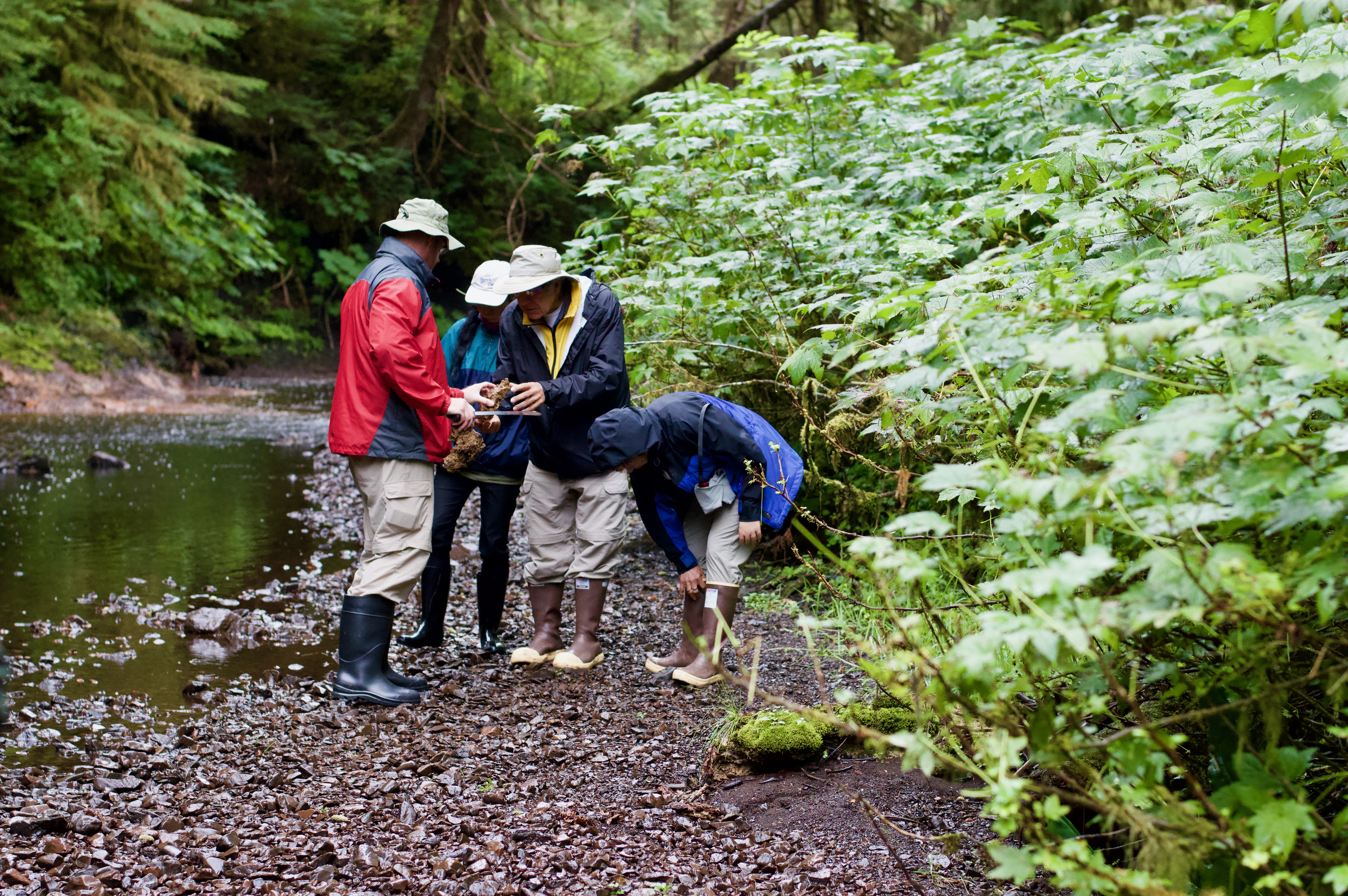 Learning opportunities that support an asset narrative about Native American students are essential to cultivating positive learning outcomes.
Learning opportunities that support an asset narrative about Native American students are essential to cultivating positive learning outcomes.
In part, ascribing to an asset narrative about Native American students means valuing Indigenous knowledge systems and cultural practices, particularly in the sciences where many Native American students may feel their Indigenous knowledge and cultural ways of knowing are not considered relevant.
Scenario 1
You take your class to a research site to examine the water quality of a well-known lake near campus. You ask the students to record field notes and collect samples to determine the health of a lake.
The following class period, students meet in small groups to share their field notes from the site visit. Within the small group discussions, the Native American student has shared her observations of the lake through the lens of information provided by her tribe, and her own experiences harvesting in and around the lake. Specifically, the Native American student notes the traditional plant medicines are not present at the lakeshore anymore, which is a sign of environmental changes at the lake.
The other students do not consider the Native American student’s observations to be “real science.” The group is dismissive of her ideas throughout the discussion.
A couple weeks later, the class reviews the results of the samples collected from the lake and learns there is a water quality issue with the lake, and it is impacting surrounding plant life. Although the Native American students’ remarks were correct, she feels upset that her knowledge of the area was not taken seriously by her peers.
Reflection Activity
How might you intervene in this scenario?
How might you check in with the Native American students and other students about the dismissive behaviors and conversation?
How might you adapt this lesson to create a space for Indigenous knowledge to be shared and considered in a meaningful way?

